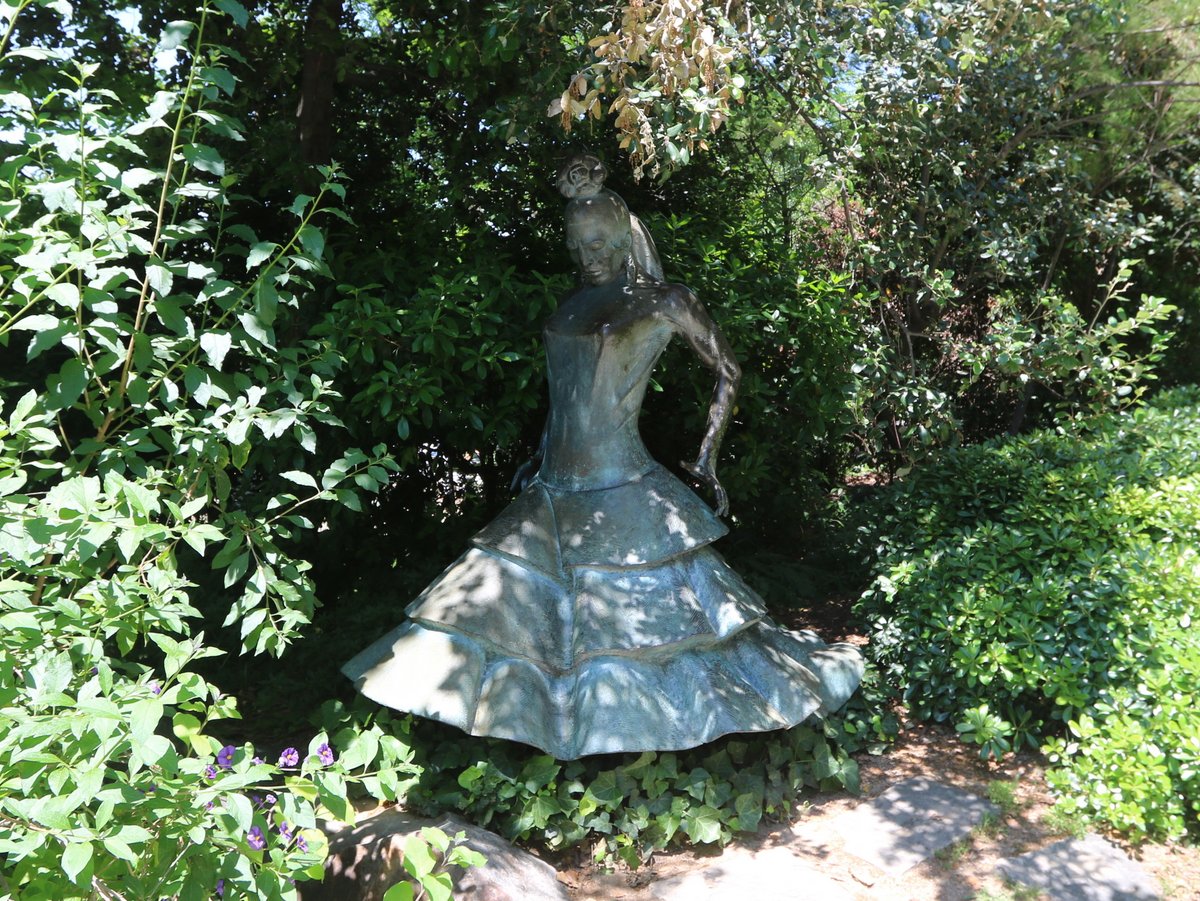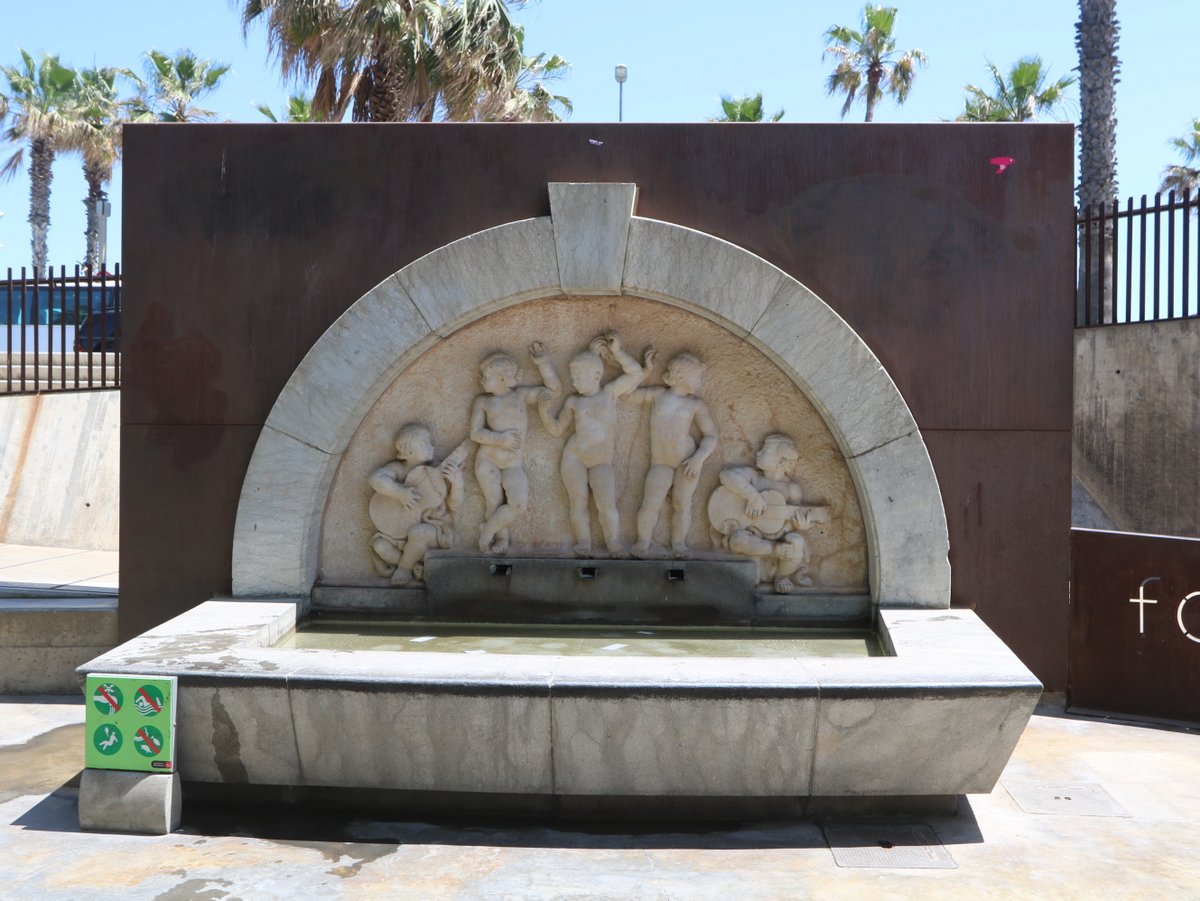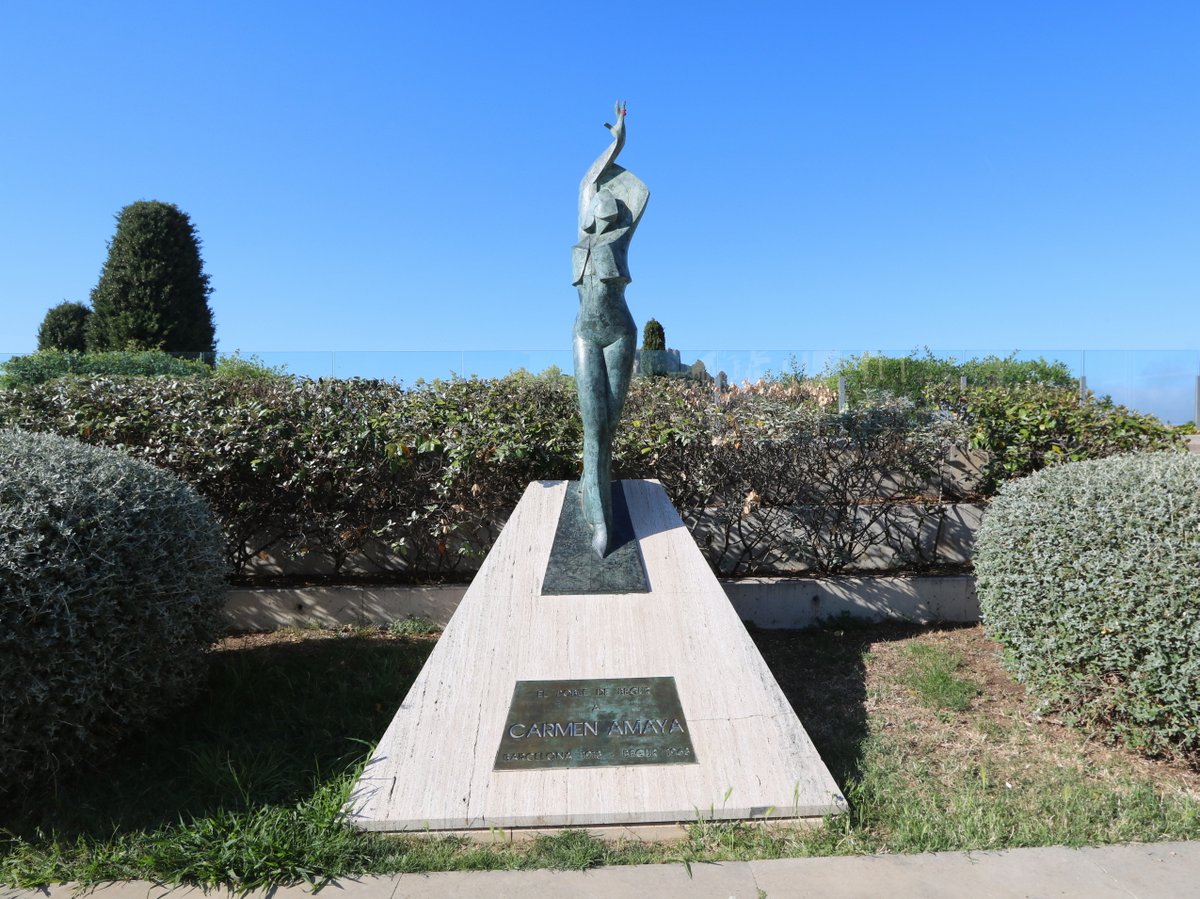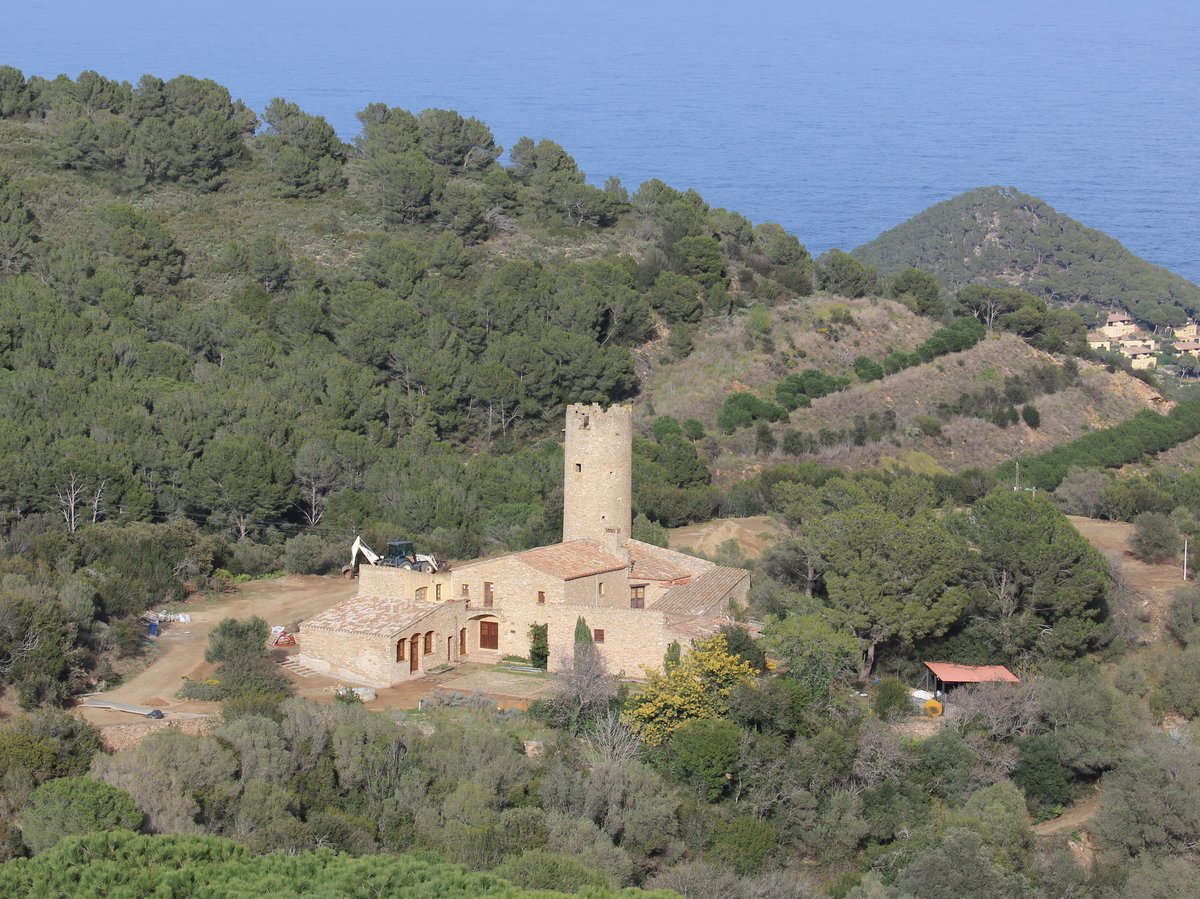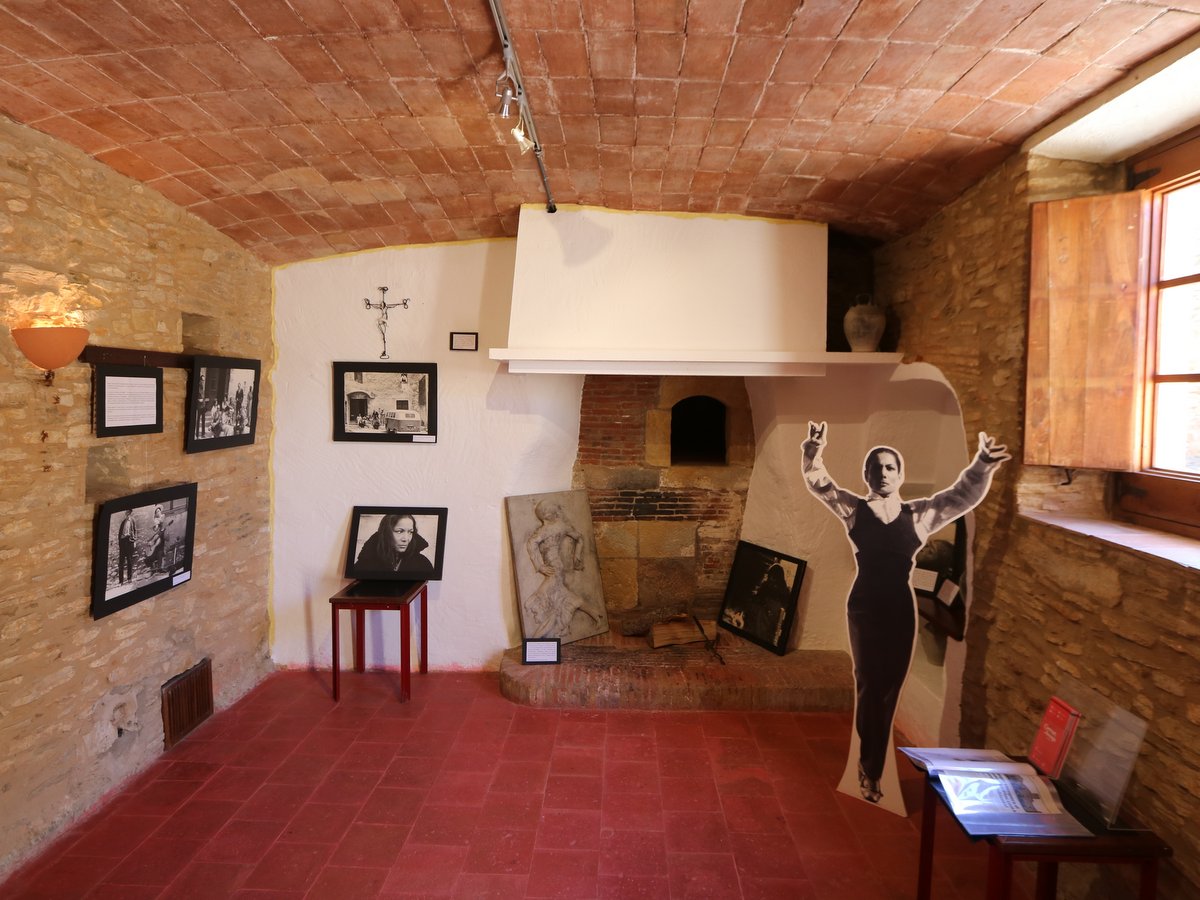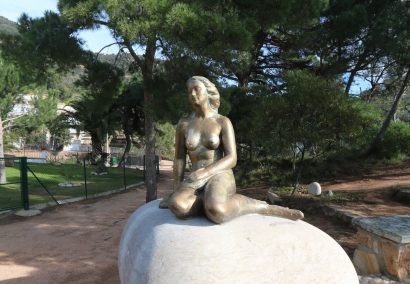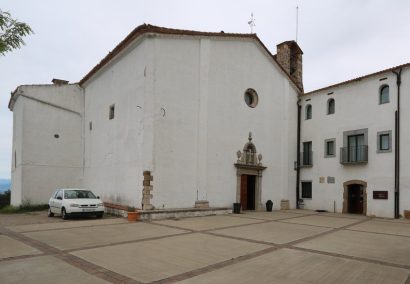The pulse of life in the resorts of the Costa Brava is very seasonal. The locals awaken from winter slumber around Easter; take two months to get ready for the summer influx of visitors; work hard in July and August, and by the end of September they are all ready to hibernate again.
Very rarely does this rhythm get interrupted. In fact, the Costa Brava population remembers only a few stories in which their pueblos became centres of attention in wintertime, and none of them had anything to do with tourism.
In 1963, the greatest flamenco dancer of all time, Carmen Amaya, died in Begur. She had settled in the Mas Pinc estate two years prior after retiring from her dance career to focus on her health—she suffered from a rare congenital kidney condition.
During the last bout of her illness, Carmen was informed by her doctor that there was little to be done to help her beyond easing her suffering before she passed away. This tragic news got immediately leaked to the press and within hours the tiny town of Begur became inundated with journalists tasked with documenting the last hours of the great dancer. Even though Carmen Amaya was still alive, tens of typing machines stood at the ready nearby to produce countless obituaries.
Catalans love flamenco deeply and passionately, recognizing it as the greatest contribution Andalucia has made to the Spanish culture. It is a special point of pride for Catalunya to claim Carmen Amaya as their own as well—the queen of flamenco was born in Barcelona, and despite being Romany, always called herself Catalan too.
People from all over Spain came to attend the funeral. The very few Begur locals not attending were shocked to witness the Romany visitors descending on Mas Pinc to take away Amaya’s belongings. According to tradition, the passing of a close relative in the Romany community means everyone wants to try and keep some of her things—Amaya’s house was left almost empty, with the iron bed frame the only piece of furniture left standing.
Mas Pinc is currently municipally owned, so why not make it a museum, you may ask? Unfortunately, the potential display items are few: only several photos and the dancer’s favourite iron cross hidden by her husband Juan Antonio prior to her death and funeral remain.
Thankfully for all of us, some recordings of Carmen Amaya performing survive to this day. We can all witness the miniature Romany woman whose passion and energy turned the flamenco traditions upside down when she refused to serve as a mere backdrop to the male performer, to be a pretty prop with barely any movement or emotion of her own. Flamenco as we know it was born when Carmen Amaya stepped onto the stage. She was, and still remains, its queen.
